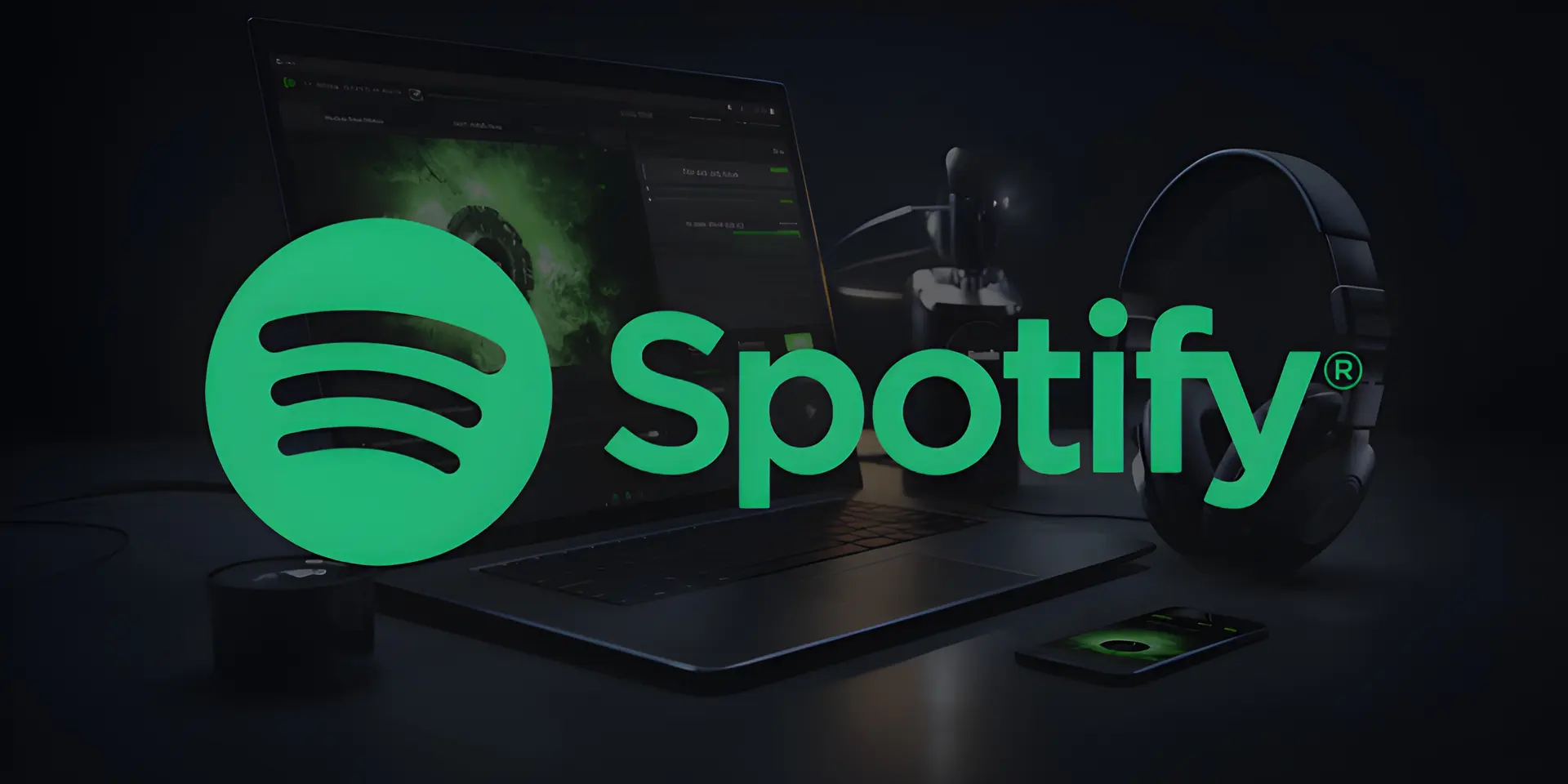Spotify's revenue model: How the streaming giant makes money
Explore Spotify's business model and discover how the streaming giant generates revenue through subscriptions, ads, and partnerships.
In the world of digital music streaming, Spotify stands out as a leader with its extensive library, personalised playlists, and innovative features. But beyond the user-friendly interface and vast selection, a complex business model is driving its success.
Spotify’s financial engine is powered by a blend of subscription services, advertising, and strategic partnerships. Understanding how Spotify generates revenue can offer valuable insights into the mechanics of one of the most influential players in the music industry today.
Spotify's revenue streams
Explore the key revenue streams that drive Spotify’s financial success and keep the music playing:
1. Premium subscription revenue
Spotify’s primary revenue source comes from its Premium subscription service. This model offers users an ad-free experience, high-quality audio, offline listening, and additional features such as unlimited skips. Premium subscribers pay a monthly fee, which significantly contributes to Spotify’s revenue.
- Individual plans: Standard plans offer basic features and a set number of devices for offline listening.
- Family plans: Allows multiple users within a single household to access Premium features at a discounted rate.
- Student plans: Offers a lower subscription rate for eligible students, attracting a younger audience
Spotify’s focus on expanding its Premium user base has been a key strategy for revenue growth. The company continually invests in marketing and promotional offers to attract new subscribers and reduce churn. By offering free trials and discounted rates, Spotify encourages users to upgrade from the free tier to Premium.
2. Advertising revenue
Spotify offers a free tier that allows users to access its music library with intermittent ads. This ad-supported model generates revenue through partnerships with advertisers who pay to reach Spotify’s large user base. Advertisers benefit from targeted ad placements, as Spotify collects data on user listening habits and demographics.
Ad products and formats
- Audio ads: These are the primary form of advertising on the free tier. Users hear these ads between songs or during playlist transitions.
- Display ads: Banner ads are shown within the Spotify app, targeting users based on their preferences and listening behaviour.
- Sponsored sessions: Advertisers can offer users incentives, such as additional listening time, in exchange for engaging with their ads.
Spotify uses programmatic advertising to streamline the ad-buying process. This allows advertisers to target specific audiences with precision and adjust their campaigns in real time based on performance data.
3. Partnership and collaboration revenue
Spotify has formed strategic partnerships with record labels, artists, and music publishers to secure exclusive content and enhance its music library. These partnerships often involve licensing agreements that provide Spotify with access to a wide range of music while ensuring that artists and labels receive royalties.
Brand collaborations
Spotify collaborates with brands for co-branded campaigns and exclusive content. These collaborations can include artist promotions, branded playlists, and sponsorships of events or festivals. By aligning with popular brands and artists, Spotify enhances its market presence and attracts new users.
Strategic alliances
Spotify has also entered into alliances with technology companies, telecommunications providers, and device manufacturers. These partnerships can include bundling Spotify subscriptions with other services, integrating Spotify into smart devices, or offering exclusive promotions to users of partner products.
4. Data and analytics
Spotify’s ability to collect and analyse user data is crucial to its business model. The platform tracks listening habits, preferences, and engagement metrics to create personalised experiences and targeted advertising. This data-driven approach allows Spotify to refine its recommendations, improve user satisfaction, and optimise ad placements.
Analytics for artists and advertisers
Spotify provides detailed analytics to artists and advertisers, offering insights into audience engagement and campaign performance. For artists, this data can inform marketing strategies and tour planning. For advertisers, it helps in assessing the effectiveness of their campaigns and adjusting strategies accordingly.
5. International expansion
Spotify’s growth strategy includes expanding into new international markets. By entering diverse regions, Spotify increases its user base and revenue potential. The company adapts its offerings to local tastes and preferences, which can include partnering with local artists and integrating region-specific features.
Localised content and pricing
In various markets, Spotify adjusts its content and pricing strategies to better align with local needs. This can involve offering region-specific playlists, adapting subscription pricing to local economic conditions, and providing localised customer support.
Spotify’s business model exemplifies how a blend of subscription revenue, advertising, partnerships, and data utilisation can drive success in the digital age. By focusing on providing value through its Premium subscription, leveraging advertising to reach a broader audience, and forming strategic alliances, Spotify has positioned itself as a leading player in the music streaming industry. For businesses looking to emulate Spotify’s success, understanding and applying these principles can provide a roadmap for sustainable growth and innovation.







